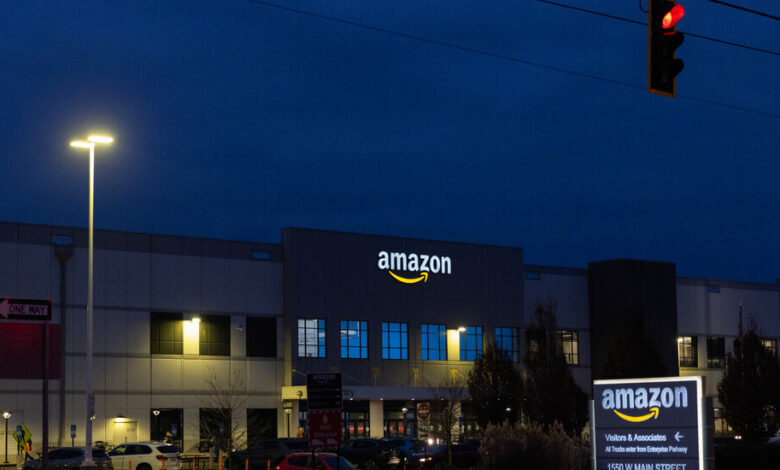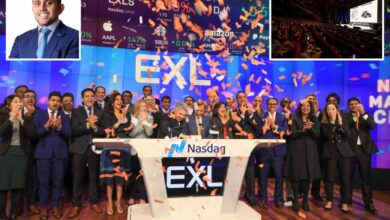Amazon’s Mixed Earnings Report Sends Share Prices Down

Despite Amazon’s efforts to avoid the spotlight amidst President Trump’s trade war, the online retail giant could not escape scrutiny.
Initially, Amazon found itself caught in a brief dispute with the White House over a mistaken report suggesting that the company would display tariff costs to shoppers.
Following this incident, Amazon faced the harsh economic reality as it reported a significant slowdown in growth within its North American retail business.
The first-quarter financial results revealed the slowest sales growth since the pandemic, with a 9% increase in sales totaling $155.7 billion and a profit of $17.1 billion, up 64% from the previous year.
Looking ahead to the current quarter, Amazon projected sales of $159 billion to $164 billion and a potential decrease in operating profits to as low as $13 billion. The company cited “tariff and trade policies” as factors contributing to uncertainty in its forecasts.
The financial results, while mixed compared to Wall Street’s expectations, led to a more than 3% drop in Amazon’s stock price during aftermarket trading following the earnings release.
CEO Andy Jassy emphasized the company’s focus on minimizing price increases by stocking up on inventory ahead of tariffs, and assisting sellers on Amazon’s platform to do the same.
Investors speculated on the impact of President Trump’s fluctuating tariffs on Amazon customers, with some suggesting that accelerated purchases may have boosted spending in anticipation of additional tariffs.
Mr. Jassy noted increased purchasing activity among Amazon customers for certain products, without specifying which ones.
Various elements contribute to revenue growth in Amazon’s retail business. Direct online sales to customers increased by 5% to $57.4 billion, while services provided to sellers grew by 6% to $36.5 billion.
The advertising sector, seen as a lucrative business by investors, experienced an 18% growth to $13.9 billion.
Amazon’s cloud computing business, a key profit driver for the company, grew by 17% to $29.3 billion in the first quarter. CEO Andy Jassy highlighted the company’s efforts to expand its artificial intelligence offerings within the cloud business.
Mr. Jassy acknowledged that Amazon could have sold more cloud services if it had greater capacity at its data centers, but expressed optimism that constraints would ease in the near future. The company’s capital expenditures for the first quarter totaled over $24 billion, with plans to invest approximately $100 billion by 2025.





